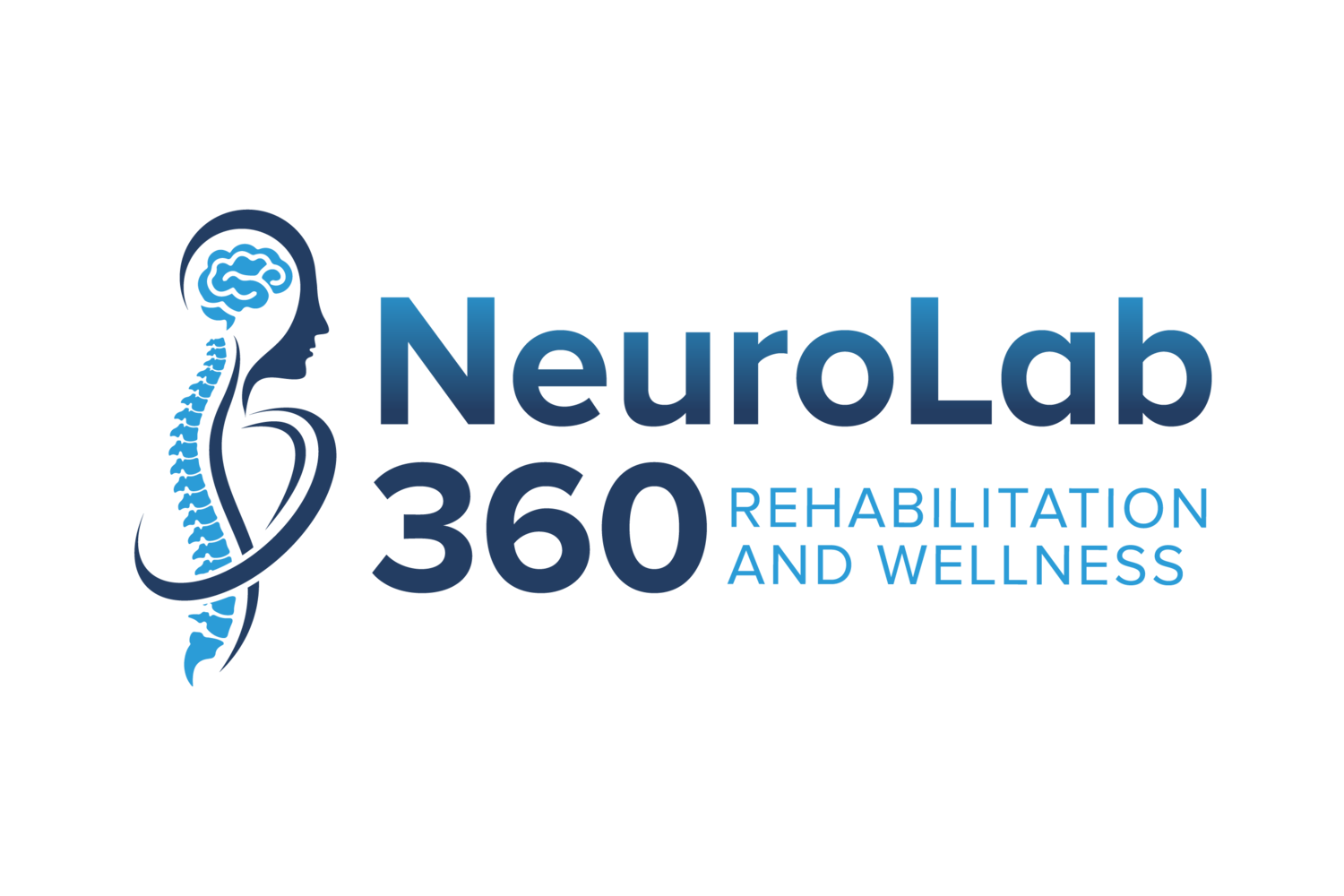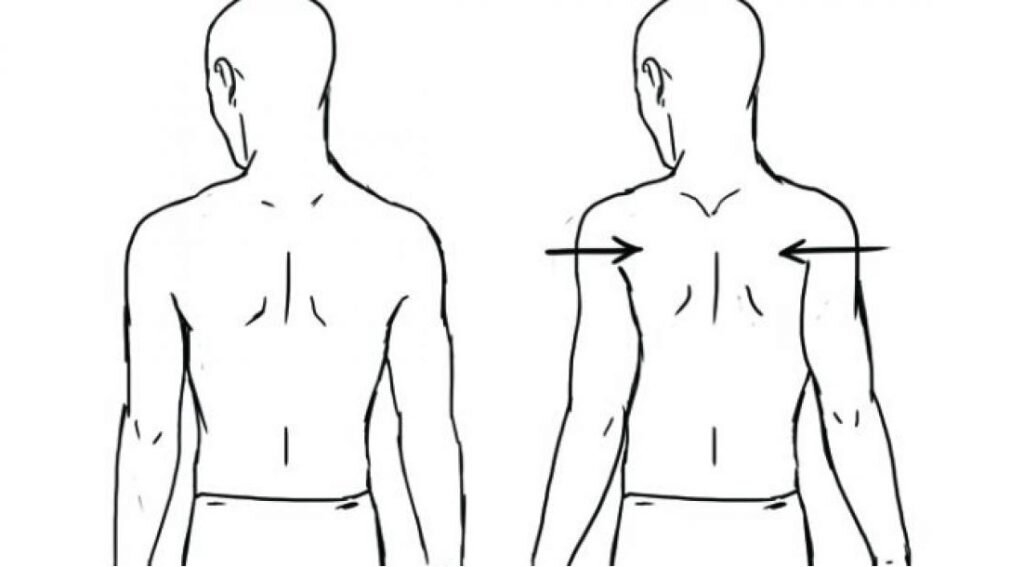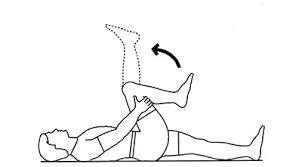Flexibility for Better Balance
Normal flexibility and mobility have been shown to be paramount for older adults’ to maintain the ability to perform functional tasks, decrease risk of falls and recover from loss of balance. When comparing adults with and without risk of falls, those with lower risks were shown to have increased mobility in their lower-extremities compared to those with a higher risk of falls. This may be due to the fact that recovering from a loss of balance requires optimal muscle activation in the lower extremities. Decreased muscle length is shown to reduce the firing rate of these muscles, especially in the hip flexors. Normal muscle length is also needed for a variety of functional tasks. When we look at tasks that are performed daily, such as rising from a chair, optimal muscle activation is needed to perform this task without compensations. These compensations might include using upper extremities for assistance or needing upper extremity support upon standing to maintain balance. Another very important functional task is being able to get up off of the floor. The ability to complete this task is associated with increased independence and decreased fall-related injuries. It requires not only good flexibility but coordination, strength and balance. Flexibility impairments have also been looked at in regards to walking and fall risk. For normal walking, we need to have good spinal mobility, hip flexor mobility and shoulder mobility in order to have adequate arm swing and step length. These two factors are important for not only maintaining normal walking speed but also dynamic balance and balance recovery. Try this! Walk up and down a straight line with your arms kept down at your side, don’t let them move. Now perform the same task while allowing your arms to swing forwards and backwards as you walk. Which time did you feel more balanced and were able to walk at a faster speed? The ability to move your arms freely and symmetrically assists in normal walking mechanics and balance. Now try to alternate your walking speed, walking a little faster and a little slower (only if you can do this safely!). That transition between walking faster and slower requires good flexibility. The ability to alternate your walking speed safely and quickly is a predictive factor of decreased fall risk and increased community access.
Physical therapists use two main tests when looking at individuals flexibility in regards to risk for falls:
Sit and reach test: This test mainly looks at flexibility of the low back and hamstring muscles. A recent research study looked at the correlation between this test and fall risk assessments including the TUG and 5x sit to stand. It showed that increased flexibility in these muscle groups are correlated with decreased fall risk. Below is an image of how this test is performed.
Sitting-rising test: This test is done by asking an individual to get down and up off of the floor with the least amount of assistance. A higher score on this test is correlated with decreased all cause mortality and increased autonomy. Below is an image of how this test is performed.
Static versus dynamic stretching
Static stretching is holding a stretch in an end range position for anywhere between 30-90 seconds. It should be done after a warm up or exercise routine because it puts increased force or tension on the muscles. Additionally, it has been shown to temporarily decrease power and force production in a muscle. Static stretching is best used as a cool down for an exercise routine to prevent muscle stiffness or soreness or as an exercise on its own to increase muscle flexibility. A short warm up, such as marching in place, should be done prior to static stretching if used as a stand alone exercise.
Dynamic stretching is actively moving your muscles in a way that prepares you for an activity or prior to a work out. These types of stretches are done with continuous movement for about 10-12 repetitions in each muscle group. Dynamic stretching has been shown to improve coordination and power, especially when used prior to exercise that requires this type of muscle activation. Dynamic stretching can also be used to reduce the risk of injury with exercise. An example of this would be when you go for a run you want to make sure you warm up your muscles to prepare for the power and strength it takes to complete this activity. By adding a quick 5-10 minute dynamic stretching program prior to this type of exercise, you properly prepare your muscles for the activity you are about to ask of them. Dynamic flexibility exercises can also be a fun way to get a combination of aerobic exercise with stretching. These might include yoga, swimming and tai chi.
Flexibility work should be included in everyone’s exercise program! The recommendations from the American College of Sports Medicine states that older adults should be performing flexibility exercises at least 2-3 times a week but daily stretching is the most effective. Stretches should focus on all major muscle groups and should be individualized to target areas of decreased flexibility such as the hamstrings, hip flexors, and spinal mobility. Below are some pictures of static stretching that have been included in multiple research studies that look at individuals at risk for falls. There are many types of stretches to perform and these are just examples. Also check out our weekly balance class that includes flexibility work, you can sign up HERE. Also check out our On Demand section to add flexibility training to your exercise program today!
Complete a full circle of this motion. Perform slowly 5x each direction.
Hold this position for 60 seconds each direction. Repeat 3 times on each side.
Hold this position for 60 seconds. Repeat 3 times.
Perform this motion 10 times, holding for 5 seconds. Repeat 3 times.
Hold this position for 60 seconds. Repeat 3 times on each side.
Hold this position for 60 seconds. Repeat 3 times on each side.
Hold this position for 60 seconds on each side. Repeat 3 times on each side.
Perform this motion 10 times, holding for 5 seconds with your knee extended straight. Repeat 3 times on each side.
Hold this position for 60 seconds. Repeat 3 times.
Johnson N, Hutchinson C, Hargett K, Kosik K, Gribble P. Bend don’t break: stretching improves scores on a battery of fall assessment tools in older adults. Journal of Sport Rehabilitation. 2021:30 78-84.












